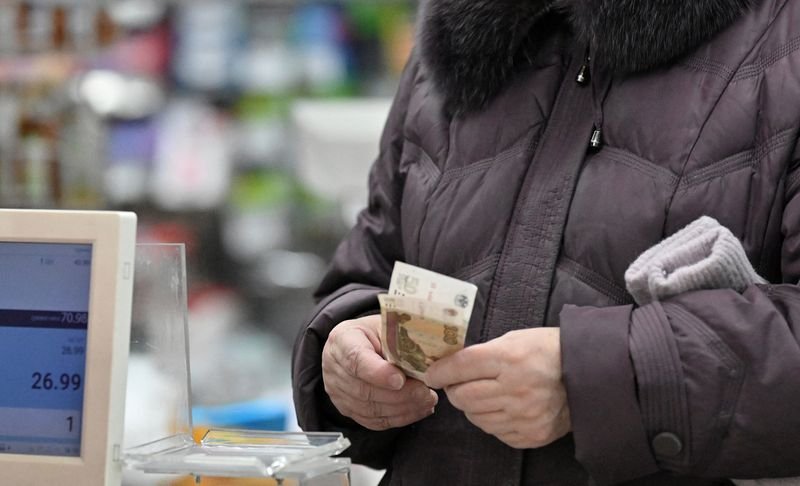Russia Continues to Support the Ruble Amid Trump Deadline
As the political landscape evolves and deadlines loom, Russia remains committed to bolstering its currency, the ruble. This ongoing commitment comes in the wake of external pressures and market fluctuations that have the potential to influence the overall economic stability of the nation.
Economic Strategies to Support the Ruble
In recent months, the Russian government has implemented various economic strategies aimed at stabilizing the ruble. Central to these efforts is intervention in currency markets, aimed at combating significant depreciation. The country’s central bank is closely monitoring exchange rate movements to ensure that the currency does not weaken excessively, which could lead to inflation and reduce consumer confidence.
Factors Influencing the Ruble’s Stability
Several key factors are contributing to the current state of the ruble. First, global oil prices continue to play a pivotal role, given that Russia is one of the world’s leading oil exporters. A rise in oil prices can bolster the value of the ruble, while a decline can exert downward pressure on it. Additionally, geopolitical tensions and international sanctions pose ongoing challenges, impacting investor sentiment and market stability.
Another significant consideration is the domestic economic environment. Russia’s ability to generate revenue from natural resources has a direct correlation with the strength of the ruble. If domestic production remains robust, the economy is more likely to withstand external shocks.
Government Interventions and Market Reactions
The Russian government has initiated several interventions to maintain the ruble’s value, especially during periods of market instability. These interventions often include selling foreign reserves to purchase rubles, which helps counteract any downward pressure. In conjunction with these actions, monetary policy adjustments have been made to manage inflation and maintain economic equilibrium.
Market reactions to these interventions are often scrutinized. Investors are particularly attentive to central bank announcements and any indications of future policy shifts. Maintaining investor confidence is critical, as uncertainty can exacerbate currency volatility.
The Role of the Central Bank
The Central Bank of Russia plays an integral role in determining the ruble’s trajectory. Its policies are designed to safeguard the currency and provide economic stability. Analysts consistently evaluate the central bank’s strategies, including interest rate adjustments and foreign exchange interventions, to gauge the ruble’s future path.
Additionally, the central bank’s communications impact investor perception. Clear and consistent messaging can help stabilize expectations and foster a sense of confidence in the currency. Conversely, any ambiguity can lead to market jitters.
Inflation and Domestic Demand
Inflation rates significantly affect the ruble’s purchasing power. Rising inflation can erode consumer confidence and diminish the currency’s value. To combat inflationary pressures, the Russian government has employed various tools, including adjusting interest rates and implementing fiscal policies designed to enhance economic growth.
Moreover, robust domestic demand is crucial for economic health. When consumers have confidence in the economy, spending increases, which can positively influence the ruble. Conversely, a decline in consumer sentiment or purchasing power can lead to reduced economic activity and further strain the currency.
Global Influences on the Ruble
International events can have profound implications for the ruble. Global economic trends, trade agreements, and geopolitical situations are all factors that can impact the currency’s performance. For instance, changes in trade relations with significant partners can either stabilize or destabilize the ruble, depending on how various agreements unfold.
Additionally, foreign investment plays a critical role in the ruble’s strength. When foreign investors view Russia as a viable market, it can lead to increased demand for rubles, supporting its value. Conversely, geopolitical tensions often deter investment, which can negatively impact the currency.
Conclusion
The ruble’s future will depend on the success of Russia’s ongoing efforts to support its currency amidst various challenges. The interplay between domestic policies, international relations, and market reactions will continue to shape the ruble’s trajectory in the coming months. As these factors evolve, monitoring their influence on the Russian economy and the ruble will be essential for understanding the broader implications for global financial markets.
